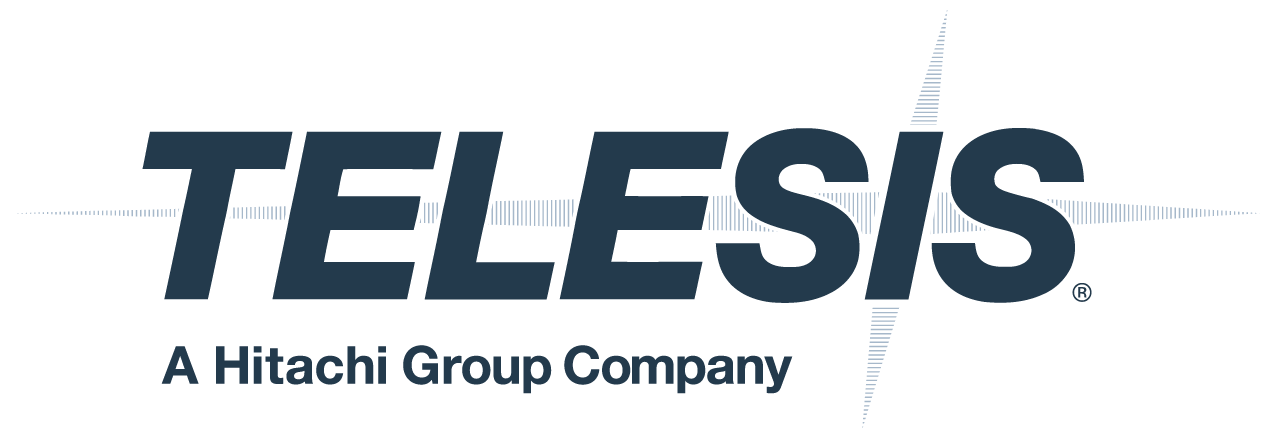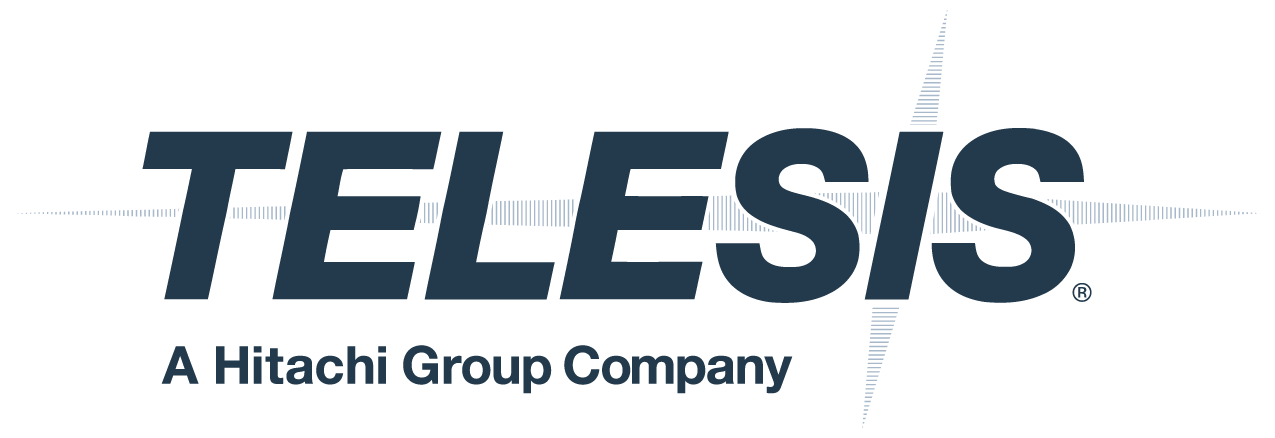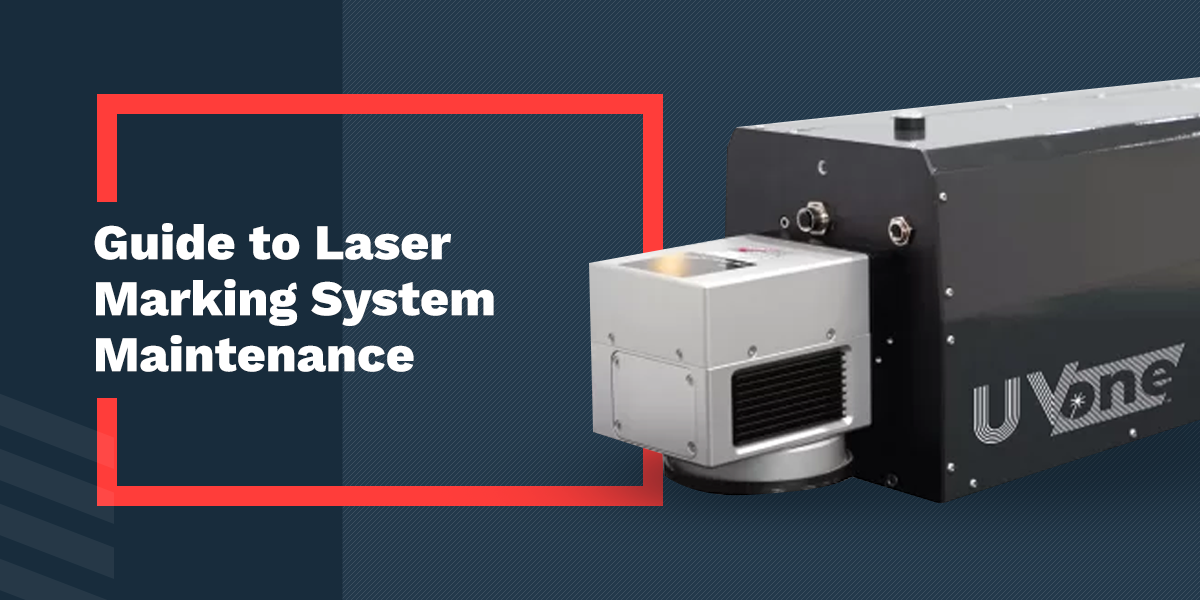24 Jul Marking on Plastic: Preventing Product Counterfeiting and Tampering
Marking on plastic is essential to prevent tampering with your plastic components and reduce the risk of counterfeiting. The solution offers a way to identify, authenticate and track plastic components throughout their life cycle, which is important in industries where product integrity and safety are essential.
The Challenge of Marking Plastic
Most manufacturers have plastic parts that need some type of identifying mark. While marking plastic is crucial, it can add a unique challenge to the process of tracking and identification. Traditional methods like sticky labels often fail because they:
- Tear or fall off.
- Become dirty and unreadable.
- Fail to stick to certain surfaces.
- Be easily removed or tampered with.
- Become wet and simply rub off.
Permanent marking methods offer a more durable and secure solution.
How Permanent Marking Works
Permanent marks can prevent tampering and counterfeiting with:
- Deterrence features: Clearly visible and permanent markings can deter tampering when individuals see the unique identifier.
- Traceable identifiers: Identifiers like barcodes or serial numbers allow for traceability throughout a product’s life cycle to help monitor for tampering.
- Authentication identifiers: Permanent markings can help consumers confirm a product’s authenticity to know they’re avoiding a counterfeit.
To achieve permanent marking, the marking must be done directly onto the plastic material. This can be accomplished with several different methods.
Benefits of Permanent Marking on Plastic
Marking on plastic offers several key advantages:
- Protect intellectual property for components in electronic devices.
- Promote patient safety in medical devices.
- Ensure product cleanliness and authenticity in personal care products.
- Verify the integrity of product packaging for food and beverages or pharmaceuticals.
- Authenticate automotive parts and their integrity.
- Prevent counterfeiting of identification cards.
- Allow for quality control of industrial components used in machinery and other equipment.
Permanent Marking Methods
Telesis Technologies, Inc. offers two primary methods for permanent marking on plastic — scribe marking and laser marking.
Scribe Marking on Plastic
For true permanent making, the manufacturer can scribe the mark into the plastic. This is a mechanical process that drives a scribing pin across the surface and engraves the mark into the plastic without puncturing it. The amount of pressure the pin applies will determine the depth of the mark in the material. Even very light scratched characters can be achieved with this method.
The scribe marker can work on most plastic applications including ABS, Delrin, polypropylene, PVC, HDPE and many other types of plastic materials. Easily integrate any variety of markers into your manual or automated operations. Produce accurate and clean markings and crisp text that is easy to read.
Laser Marking on Plastic
Another true permanent marking method would be to use a laser to mark the plastics. A laser can give you a melted mark or a high-quality surface mark with very high contrast. The laser can be absorbed into the plastics to create contrast without burning or foaming the material. This creates a very smooth mark that is critical for some applications, especially for medical implants. The laser can also produce customer logos, codes, boxes and microprinting.
Because plastics have a wide range of colors, density, and material design, specific lasers work better with different materials. Your options include:
- Green: The Green Laser (532 nm) has a very high absorption ratio, producing beautiful marks on PVC, ABS and polystyrene.
- Ultraviolet: An ultraviolet laser (375 nm) is perfect for marking on HDPE material. HDPE material is the standard material used in pill bottles, shampoo, health and beauty containers and many of your pharmacy containers.
- Fiber and Vanadate: Fiber and Vanadate lasers (1064 nm) work well on many high-density plastics such as Delrin, ABS or many of your automotive material plastics. Even a very detailed diagram or photo can be printed on the plastic material for a permanent option.
Laser marking is an environmentally friendly option that reduces your production waste. Tools like fiber lasers are no-contact, making them perfect for industries like the medical sector or food and beverage producers, where avoiding contamination is key.
Contact Telesis Technologies, Inc. for More Information
The best marking method depends on the type of plastic, the desired mark quality and your specific application. Telesis Technologies, Inc. offers a full line of Scribe and Laser markers for a very high-quality permanent mark. If you would like to find out about which machine would suit you and your specific needs better, get in contact with us.
Our team of knowledgeable experts can guide you through our production range and make a recommendation according to what materials you work with and what kind of end result you are looking for.




